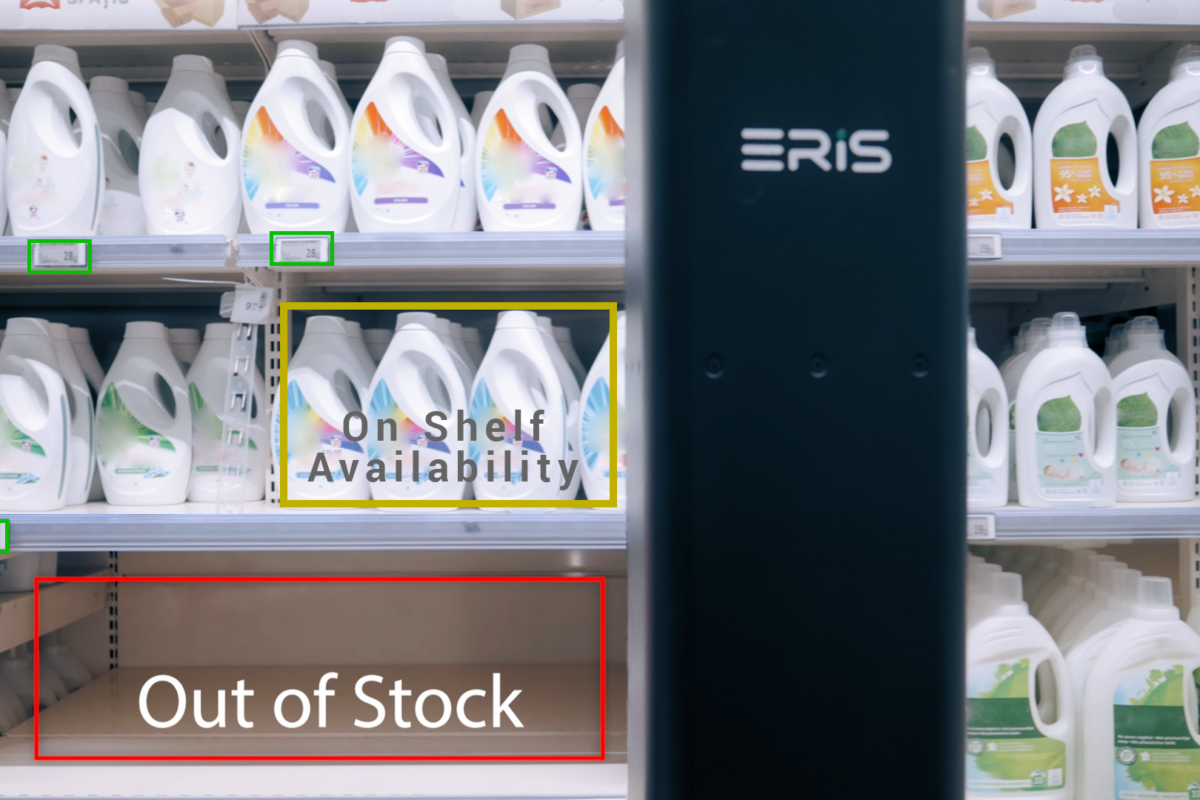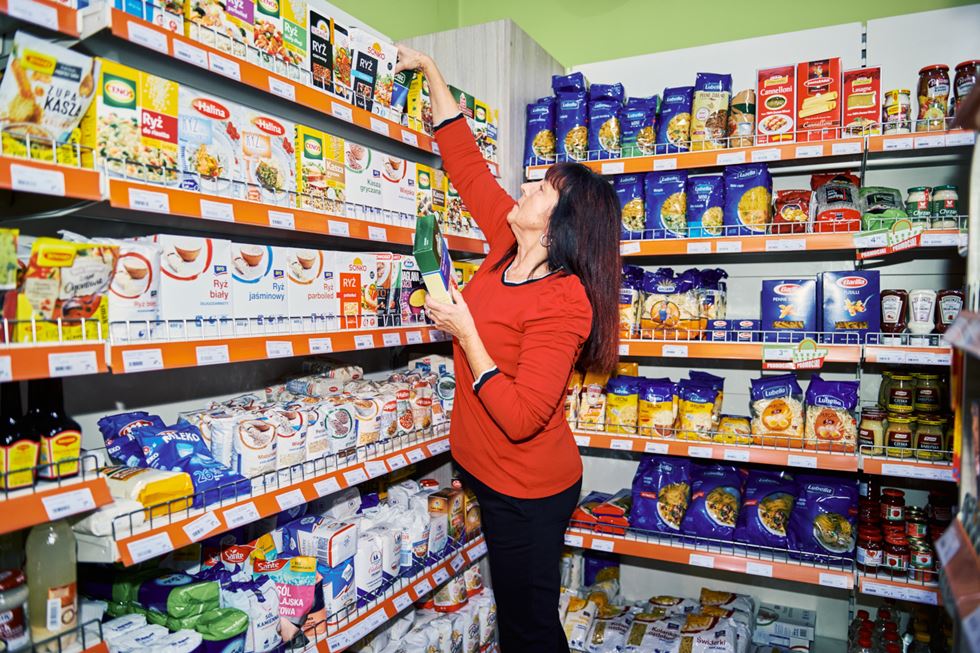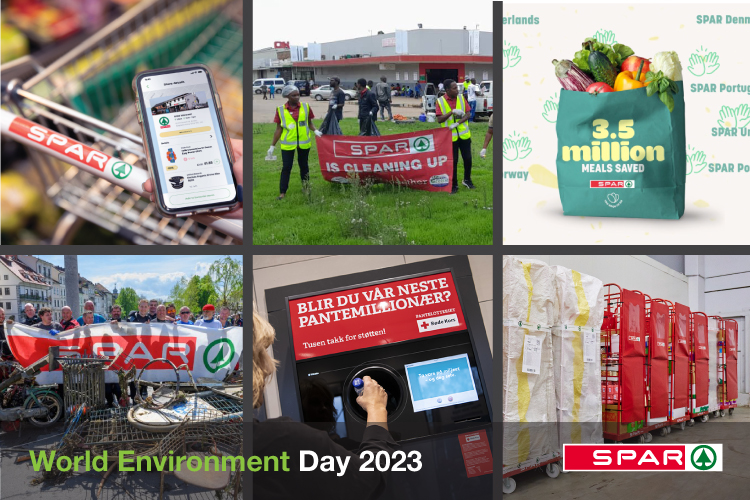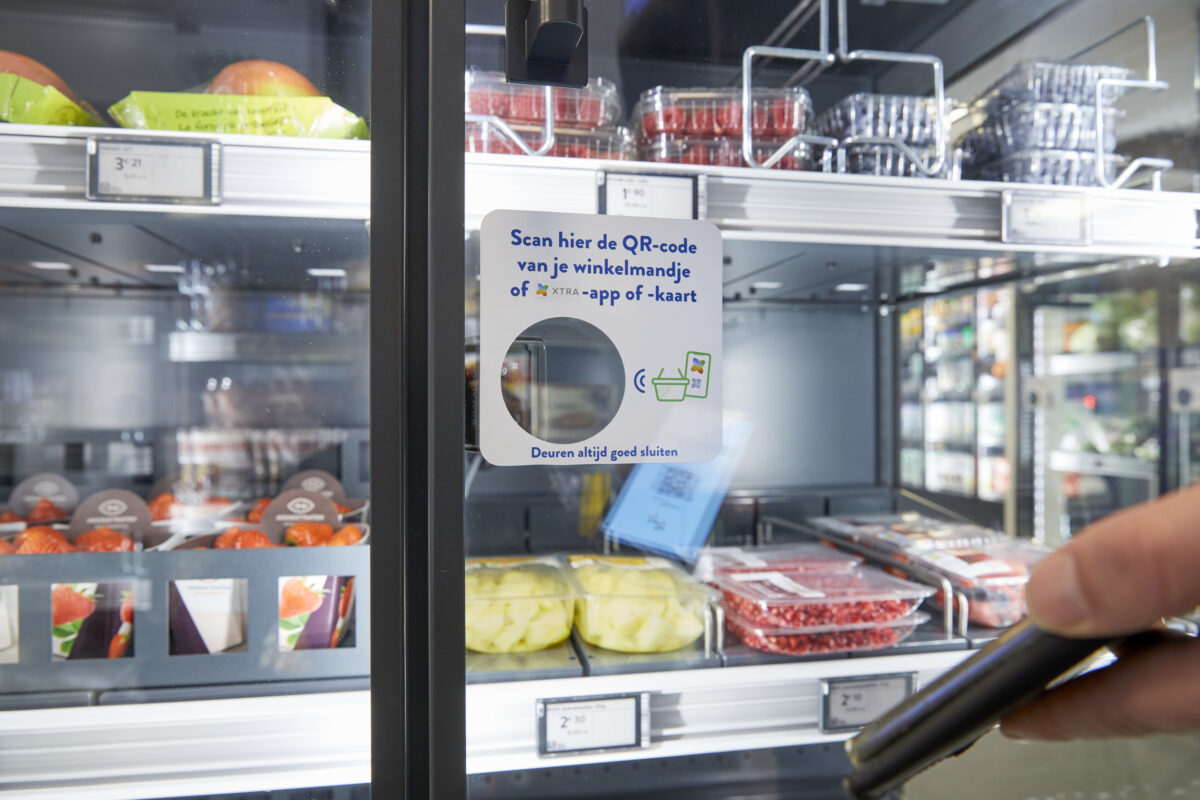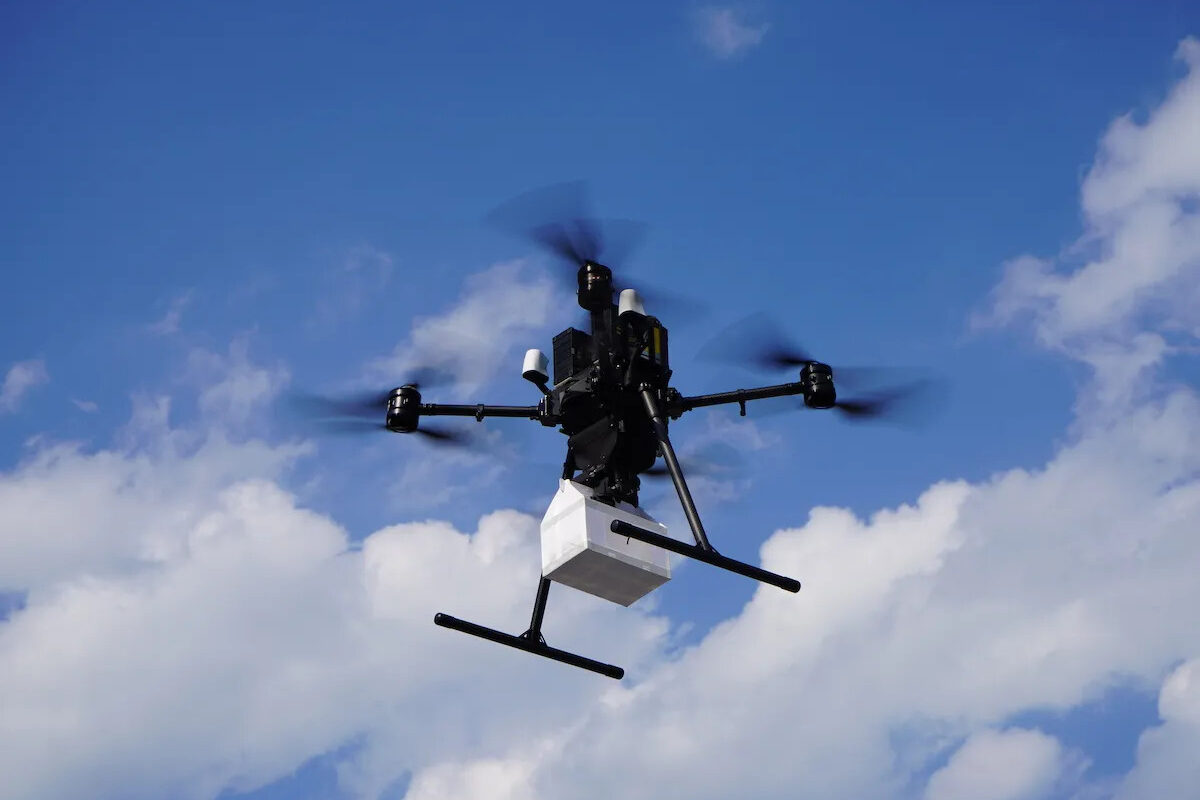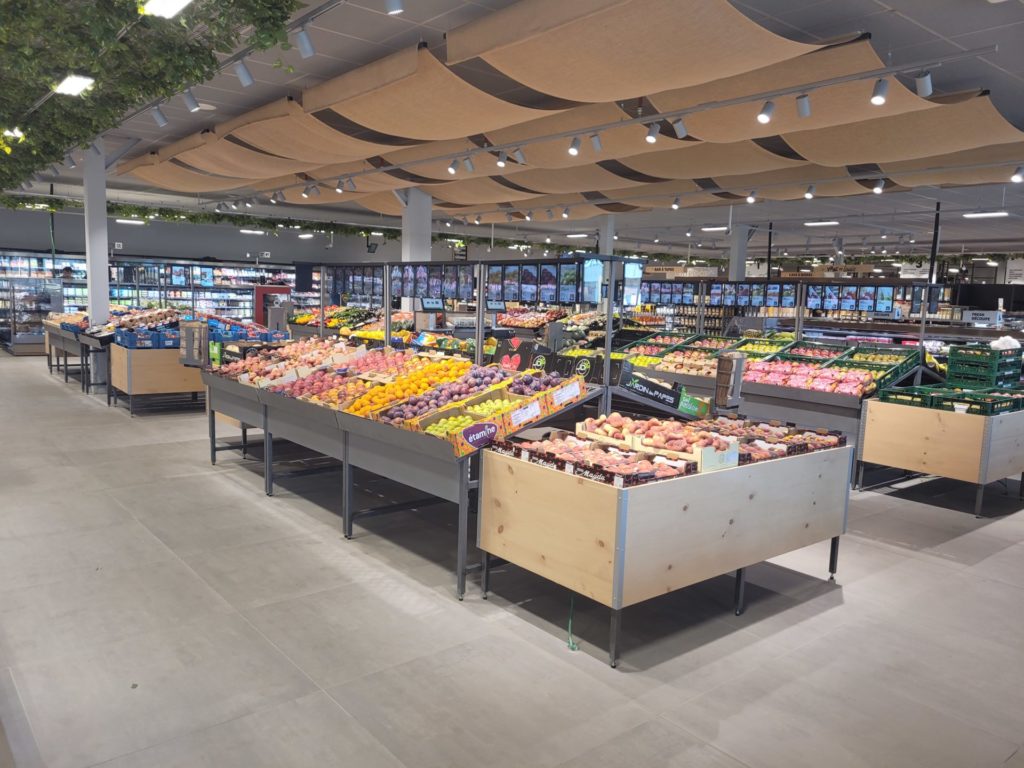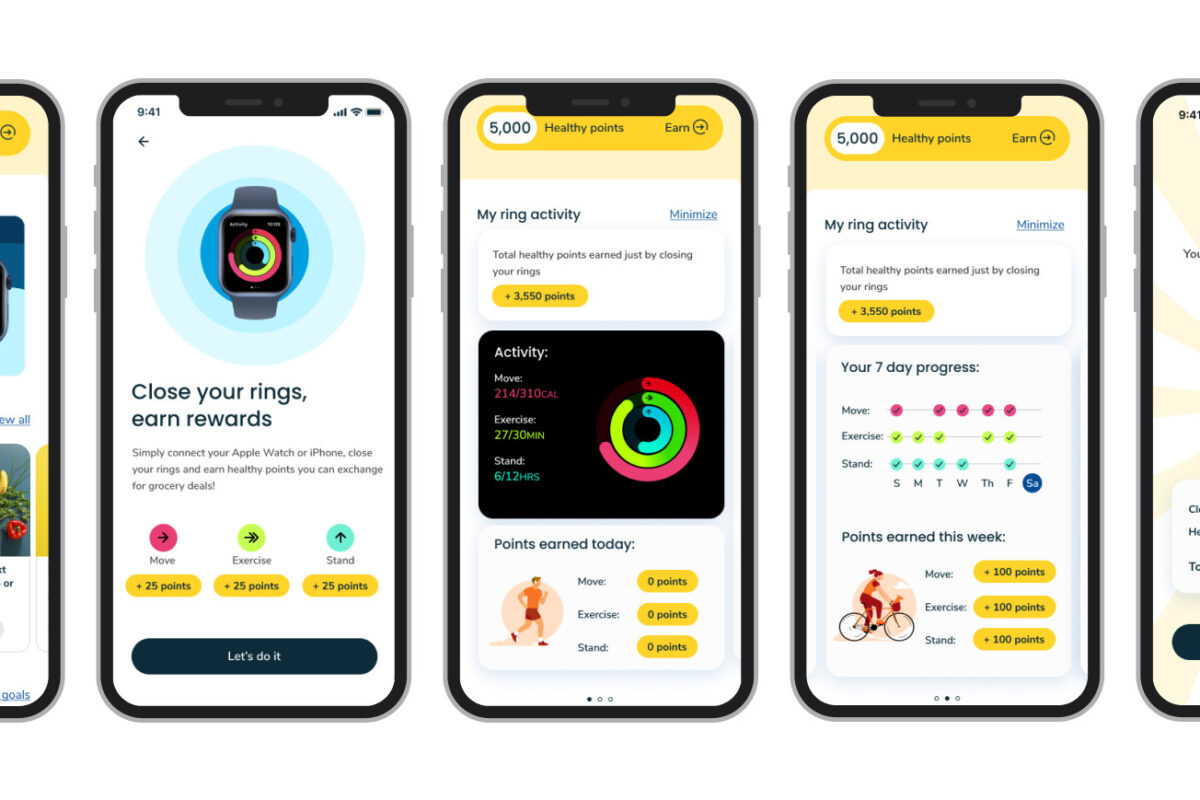Digital prices conquer the space +++ On the way to becoming a standard +++ Technologies at EuroCIS 2022
More and more retailers are trying out electronic shelf labels. Why? More speed in price changes and less manual work for staff are only two of the many reasons. EuroCIS, The Leading Trade Fair for Retail Technology, from 15-17 February 2022 in Düsseldorf, Germany, will showcase a wide range of systems from leading suppliers worldwide.
Retailers are declaring war on paper and are increasingly replacing paper signs on the shelves with high-tech. Within a few years, the digital displays known in the trade as “Electronic Shelf Labels” (ESL) have become widely accepted – and they could soon become standard in retail. “In five to eight years, no branch of the world’s top 50 retailers will be left without digital price tags,” Michael Unmüßig, Group CMO of ESL provider SES-imagotag, is convinced.
Retailers invest in high-tech
There is a lot to be said for this: even in this country there is hardly a retailer who is not yet testing the technology or has already rolled it out. Lidl, Aldi Nord and Aldi Süd recently made headlines with their plans to introduce e-labels on a large scale. While Lidl has apparently decided on SES-imagotag as its ESL supplier, Aldi Nord and Süd are, according to the company, still in an extended proof of concept with various suppliers: Solum, SES-imagotag, Hanshow and Pricer. Lidl and Aldi Nord have equipped a handful of shops in Germany completely or partially with ESL. Aldi Süd already has more than 100 stores.
Lidl’s sister company Kaufland is also planning to expand its ESL ambitions. “In some shops we will test the full equipment with digital price tags,” the company says. So far, about 1200 Kaufland shops nationwide and internationally are equipped with digital price tags for fruit and vegetables. This “allows us to use price reductions more strategically to protect our margins and reduce spoilage”, explains Steffen Hartelt, Business Consulting Sales at Kauf-land. The hardware supplier is Displaydata.
In the meantime, dm-Drogeriemarkt has also installed the smart signs in a second pilot branch. It has not yet been decided whether to go ahead with the rollout. “It is still difficult to recoup the enormous investments,” says Roman Melcher, Managing Director IT/dmTech. “That’s why we are continuing to test and explore possible process optimisations.” So far, the druggist has been rather hesitant to use the technology contributed by SES-imagotag, according to industry insiders, due to its permanent price strategy and the associated few price changes.
The fact is: the high-tech tags are catching on in retail, especially in food retail. “In the grocery trade, where a very high number of articles has to be labelled and the price adjustments of articles have a certain regularity due to weekly special offers, the electronic solution shows its advantages all the more in the reduction of time, effort or even errors”, Karl-August Thiele, Managing Director of the service provider S&K Solutions, explains the success.
This is confirmed by the current figures of the EHI Retail Institute, Cologne. According to these figures, 79 percent of grocery retailers already use electronic price labelling. Admittedly, many implementations are still in pilot status. However, 54 percent of food retailers are planning to expand, according to the EHI study “Technology Trends in Retail 2021”.
This is no coincidence – e-labels have many advantages. For example, companies want to optimise branch processes and rationalise staff deployment: Price changes at the push of a button eliminate the tedious and time-consuming re-positioning of paper scraps. Freed-up capacities can be used, for example, for stocking goods, checking best-before dates and customer service. And while labour costs, the shortage of skilled workers and the frequency of price changes and promotions are rising, the costs for the systems consisting of display panels, radio coverage of the branch and software with merchandise management integration are visibly sinking.
Furthermore, the technology is becoming more and more sophisticated, for example in terms of readability and durability, layout, sizes, design and additional functions. “Thanks to new features and tasks that ESLs take on, the return on investment can be achieved much faster,” emphasises ESL manufacturer Pricer. E-labels are becoming increasingly important “as a digital window to the customer and a tool for companies”, adds the South Korean supplier Rainus.
The technology also offers the opportunity to react quickly to competitor price changes in an increasingly stock-driven industry and to implement a seamless and frictionless omnichannel pricing strategy. Also, consumers who are increasingly comparing prices online “are increasing the pressure on brick-and-mortar retailers to respond quickly and accurately to competitive pricing in order to retain market share,” explains Andrew Dark, CEO of Displaydata. ESL solutions guarantee that the prices on the shelf always match 100 per cent with those at the checkout and in the web shop thanks to the connection to the ERP system.
But the boom is threatened with a damper, at least temporarily: Corona, a shortage of containers and strong demand are leading to the first price increases and supply bottlenecks for ESL components from the Far East on the service provider side. On the customer side, in the trade, this does not yet seem to be noticeable. “We are not expecting a price increase for ESL at the moment,” reports Aldi Süd. Not yet. Companies planning new projects are likely to feel the consequences of scarce components and logistics capacities.
EuroCIS shows future technologies
This will certainly not stop the trend towards ESL and the digitalisation of shops. “We see ESL as the first step towards a completely digitalised shop,” says the ESL provider Solum. Lidl also confirms the relevance, quasi on behalf of the entire industry: “For us electronic price tags are an important topic for the future.” So it’s no wonder that digital price tags will also be a central focus at EuroCIS 2022.
EuroCIS 2022 offers the opportunity to get an up-to-date overview of the range of ESL solutions for use in retail in Halls 9 and 10 of the Düsseldorf Exhibition Centre.
Source: EuroCIS







